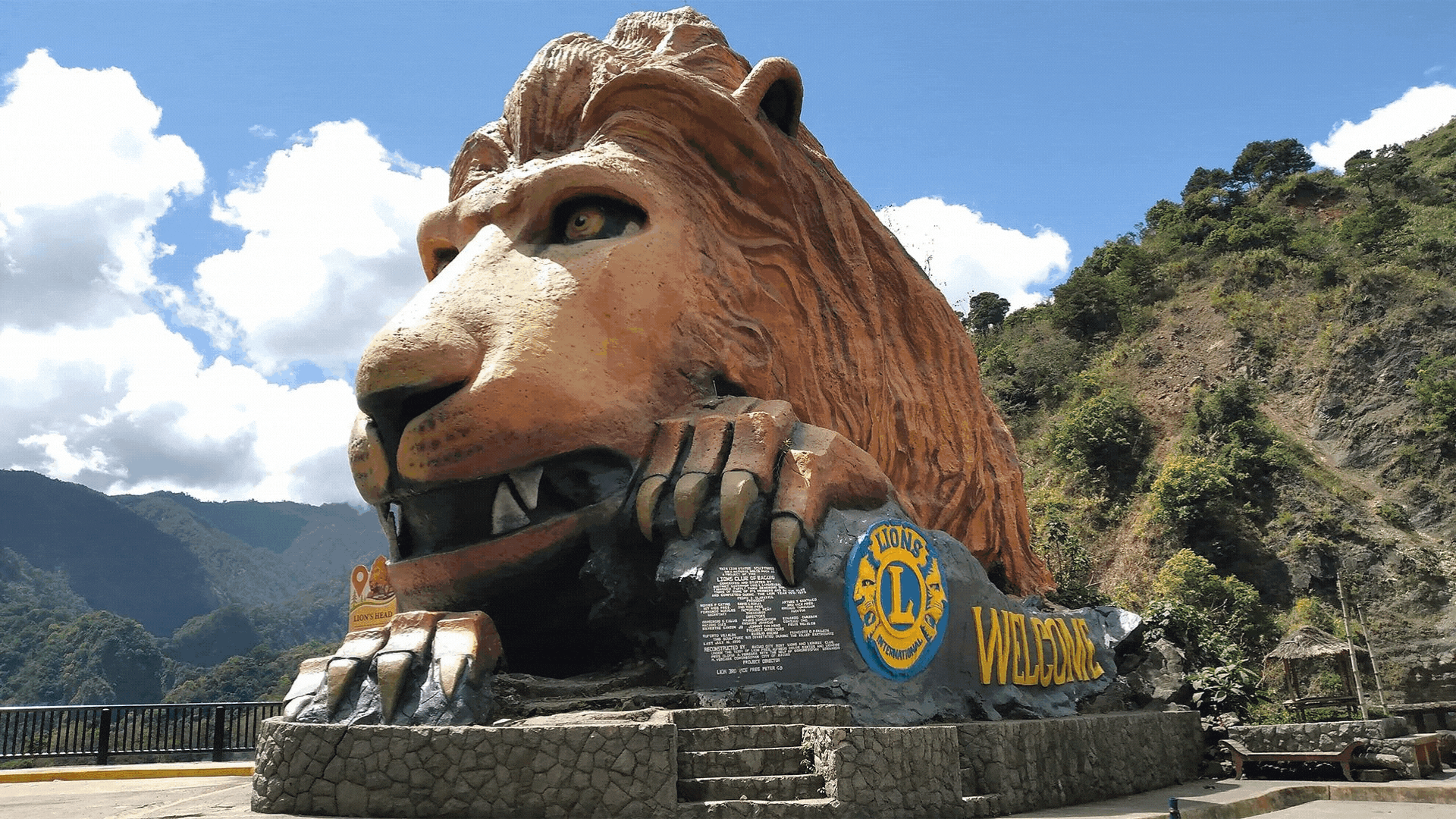Community Groups in Baguio

Discover the vibrant community groups in Baguio, where you can connect with like-minded individuals, engage in local culture, and contribute to meaningful initiatives. Whether you’re networking, seeking cultural immersion, or looking to volunteer, Baguio’s diverse groups offer something for every digital nomad.
Community Groups in Baguio
1. Igorot
The Igorot people are one of the major indigenous groups in Baguio City and the wider Cordillera region. They have a rich cultural heritage that includes traditional dances, music, crafts, and beliefs. Some key points about the Igorot people include:
Language: The Igorot people speak various languages, including Ibaloi, Kankanaey, Ifugao, and Kalinga, which are part of the Northern Philippine language family. Due to historical and cultural influences, many Igorot people also speak Ilocano and Filipino.
Livelihood: Traditionally, the Igorot people were skilled in farming, hunting, and crafts such as weaving and wood carving. Today, many still rely on agriculture, as well as engaging in tourism, education, and trade-related activities for their livelihoods.
Culture and Traditions: Igorot culture is rich with traditional dances, music, and rituals. They have various celebrations and festivals that showcase their traditions, such as the Panagbenga Festival, which features flower floats and street dancing, celebrating the city’s heritage and natural beauty.
2. Ibaloi
The Ibaloi people are one of the major indigenous groups in Baguio City and the surrounding Benguet province in the Cordillera region of the Philippines. They have a rich cultural heritage that includes traditional dances, music, crafts, and beliefs. Some key points about the Ibaloi people include:
Language: The Ibaloi language is spoken by the Ibaloi people and is part of the Malayo-Polynesian language family. Many Ibaloi people also speak Ilocano and Filipino due to regional interactions and education.
Livelihood: Traditionally, the Ibaloi people were skilled in farming, particularly rice cultivation using terracing methods, as well as raising livestock such as cattle and pigs. Today, many still engage in agriculture, while others work in various professions, including education, trade, and tourism in Baguio City.
Culture and Traditions: Ibaloi culture is rich with traditional dances, music, and rituals. They have unique practices such as the cañao, a ritual feast that involves animal sacrifice and communal gathering, and the tayaw, a traditional dance. The Ibaloi people also celebrate various festivals and community events that showcase their cultural heritage.
3. Kankanaey
The Kankanaey people are one of the major indigenous groups in the Cordillera region of the Philippines, particularly in Benguet province and parts of Mountain Province. Here are some key points about the Kankanaey people:
Language: The Kankanaey people speak the Kankanaey language, which is part of the Northern Philippine subgroup of the Austronesian language family. It is closely related to other Cordilleran languages such as Ibaloi and Ilocano.
Livelihood: Traditionally, the Kankanaey people were engaged in agriculture, particularly rice farming using terracing methods, as well as vegetable farming and raising livestock. Today, many still rely on agriculture for their livelihoods, alongside other professions such as education, trade, and tourism.
Culture and Traditions: Kankanaey culture is rich with traditional practices, rituals, and beliefs. They have unique customs related to agriculture, marriage, and community life. Traditional dances, music, and oral literature are also important aspects of Kankanaey culture. Additionally, they celebrate various festivals throughout the year that highlight their cultural heritage and religious beliefs.
4. Ifugao
The Ifugao people are indigenous to the mountainous province of Ifugao in the Cordillera region of the Philippines. Here are some key points about the Ifugao people:
Language: The Ifugao people speak the Ifugao language, which belongs to the Malayo-Polynesian branch of the Austronesian language family. The language has several dialects, with slight variations depending on the locality.
Livelihood: Traditionally, the Ifugao people are renowned for their terraced rice fields, known as the Ifugao Rice Terraces, which are a UNESCO World Heritage Site. Agriculture, particularly rice farming using intricate terracing methods, has been the cornerstone of their livelihood for centuries. They also engage in hunting, fishing, and gathering, as well as weaving and basket making.
Culture and Traditions: Ifugao culture is deeply rooted in rituals, beliefs, and traditions associated with rice cultivation and ancestral worship. They have a complex system of rituals and ceremonies, including the Hudhud chants, which are performed during planting and harvesting seasons. The Ifugao people also have a rich oral tradition, with epic narratives passed down through generations.
Architecture: The Ifugao are known for their distinctive architectural style, characterized by sturdy wooden houses built on stilts and decorated with intricate carvings and symbols. These traditional houses, called “bale,” reflect the Ifugao’s connection to their environment and their skilled craftsmanship.
The Ifugao people have a strong sense of cultural identity and resilience, despite the challenges posed by modernization and environmental changes. They continue to preserve and promote their unique cultural heritage, attracting visitors from around the world to marvel at their terraced landscapes and rich cultural traditions.
5. Kalinga
The Kalinga people are indigenous to the Cordillera region of the Philippines, primarily in the province of Kalinga and parts of Apayao. Here are some key points about the Kalinga people:
Language: The Kalinga people speak the Kalinga language, which belongs to the Northern Luzon subgroup of the Philippine Cordilleran languages. Many Kalinga people also speak Ilocano and Filipino due to regional interactions and education.
Livelihood: Traditionally, the Kalinga people were known for their agriculture, particularly rice farming using terracing methods similar to those of the Ifugao. They also engaged in hunting, fishing, and gathering. Today, many Kalinga people still practice agriculture, while others work in various professions such as education, government service, and tourism.
Culture and Traditions: Kalinga culture is rich with traditions, rituals, and beliefs. One of the most distinctive aspects of Kalinga culture is their intricate tattooing tradition, which has been practiced for centuries and is considered a symbol of bravery, beauty, and cultural identity. Kalinga people also have unique dances, music, and oral literature that reflect their cultural heritage.
Social Structure: The Kalinga people traditionally had a complex social structure, with hierarchical relationships based on age, gender, and kinship. They lived in extended family households known as “bale” and had well-defined roles and responsibilities within their communities.
Despite the challenges posed by modernization and external influences, the Kalinga people continue to preserve and promote their cultural heritage, contributing to the rich tapestry of indigenous cultures in the Philippines.




